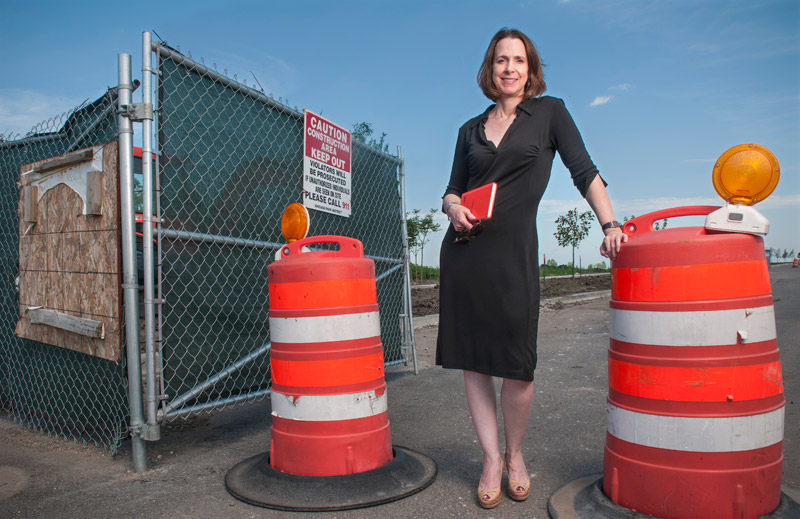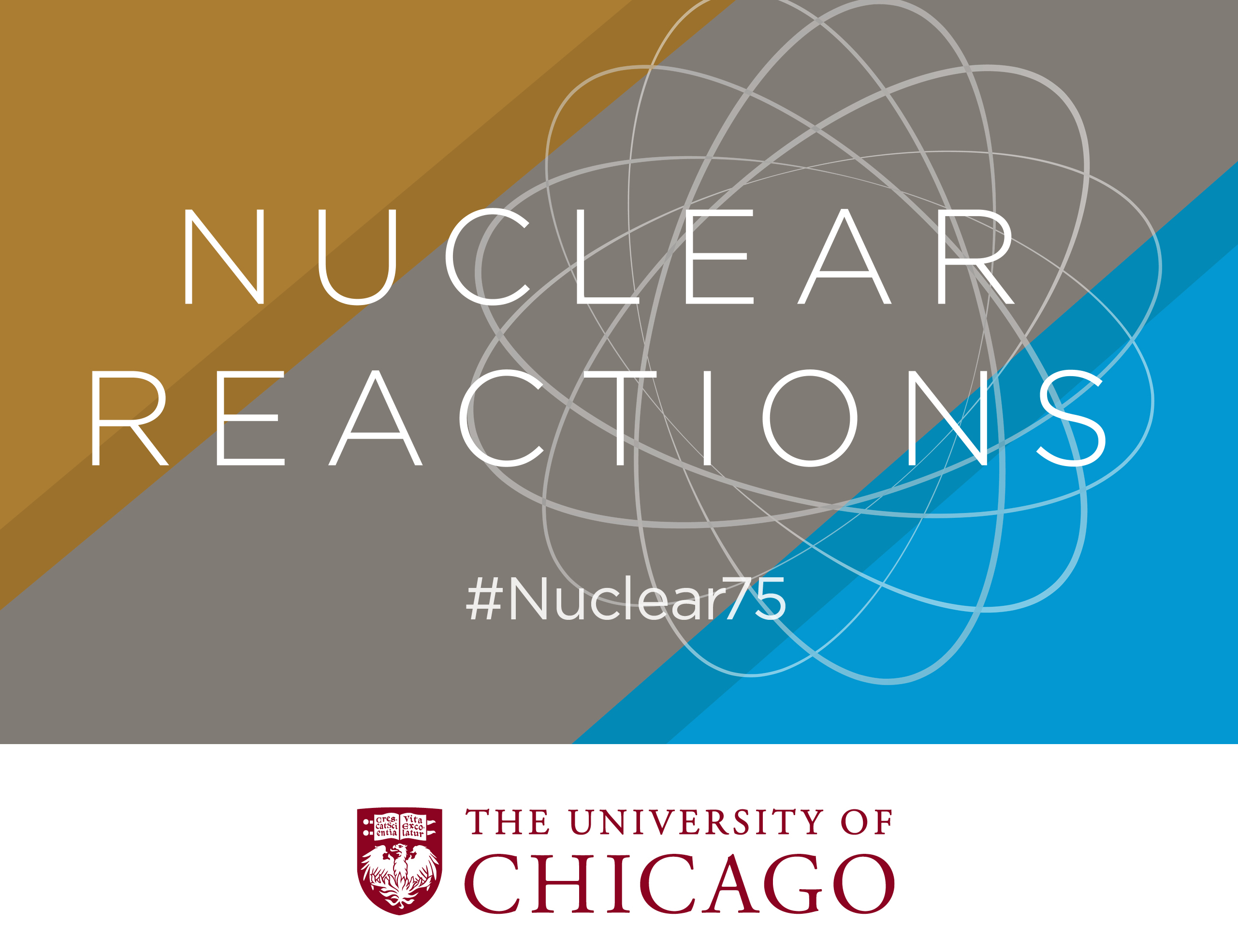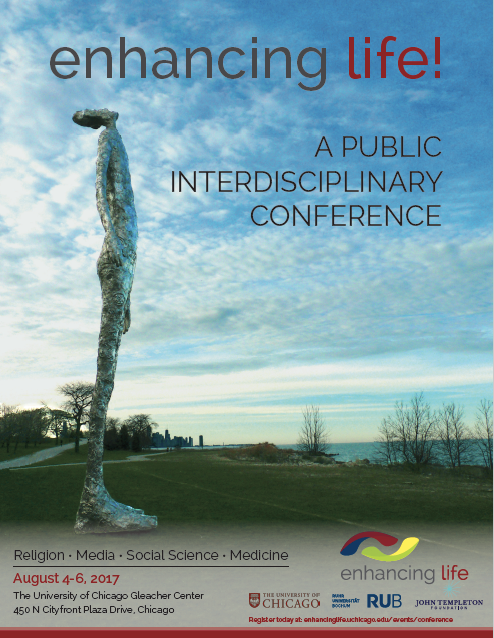Not far from the University of Chicago’s historic campus, a new community is arising on the site of what was once America’s largest steel mill. Called Lakeside, the development will mix residential, commercial and retail space in a “model community for a green, 21st century lifestyle.” But how will the huge 600-acre site be developed and how will it affect the surrounding community?
Although it could take decades to fully build out Lakeside, the site is extremely attractive and many signs point to imminent development. U.S. Steel and its developers could break ground on the project by the end of 2013. Already, the relocation of Lake Shore Drive through the area is nearly complete, which means that significant changes to the surrounding community are in the offing.
Kathleen Cagney, associate professor of sociology and health studies and director or the Population Research Center at NORC and the University of Chicago, is watching Lakeside closely. Her research interests include the urban social context; neighborhoods; race and ethnic differences in access to health care and long-term care; and health status assessment and measurement.
What are you working on now?
I’m focused on the Lakeside Project, which is studying the growth, development and impact of the new Lakeside community on the U.S. Steel site. As a huge, uninhabited tract, the site offers a rare opportunity to study urban change on a vast scale.
We are starting with systematic in-depth, baseline social surveys of residents, stakeholders, and, we hope, employers that will provide benchmark data. Future social surveys at critical times during the growth and development of Lakeside will allow us to track its evolution and assess its impact on contiguous neighborhoods, which tend to be resource poor and somewhat depopulated, partly due to the closing of the steel mill that Lakeside is replacing.
Is your research project unusual?
Yes, we’d like to think it’s innovative. I do not know of anything like it going on elsewhere in the country. Of course, some of our methodologies, such as surveying, are not new, but studying a community of this size and scope—as it’s being built—is new. While most social science research examines change in a community or neighborhood retrospectively, we have the opportunity to take a look prospectively.
What kinds of things will you be examining?
Workforce development, health, housing, education, residential mobility, age integration, and child and elder wellbeing. We will also be looking at the design of the site and its facilities—the whole process—as it is being developed. We believe Lakeside can be successful only when it effectively incorporates the needs and desires of the population it’s meant to serve.
Why is this work important?
This research will help the community, itself, succeed by helping to identify social and structural issues that need to be addressed as well as by anticipating and resolving issues. Also, it will advance this type of urban scholarship. And it will draw attention to and help advance the entire South Side of Chicago.
Has the University been involved with your Lakeside Project?
The University and my department have been very supportive. And Arete, a research development program led by the Office of the Vice President for Research and National Laboratories, helped me develop my ideas, structure the project and secure funding. So far, the project is supported by the University, but Arete is now helping us identify funders who might be interested in what we have already undertaken and what we intend to do. It’s all about finding some good matches.
Why should the University care about Lakeside?
Because the Lakeside community is in our backyard, only about 12 blocks south and east of campus. We definitely have a role to play in helping our neighbors become informed about Lakeside and evaluating its potential influence on the community. Will it improve safety? Will it provide jobs? Things like that.
A specific example relates to population aging. How will the new space accommodate the aging population of the surrounding community and the elders that it is likely to attract, once it’s built? Will it be easy for older adults to get around in Lakeside? Could the developments provide education or training for long-term caregivers?
In addition, the University might want to establish health clinics or schools in Lakeside or provide some kind of outreach or social services there. It’s in our interest to be engaged in this development.
By Greg Borzo




